In today’s talk, we will cover the operation and function of a Diesel Particulate Filter (DPF). Topics covered include:
- DPF internal structure, operation and use
- DPF Regeneration with Oscilloscope readouts
- Causes of DPF Failure
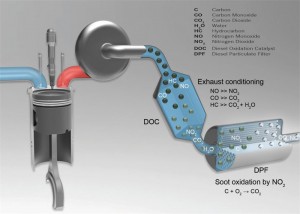
Hi, Today I will take you through the construction and the function of a diesel particulate filter. The days of dirty black smoke are rapidly fading due to diesel exhaust technology evolving over the years, and strict emission regulations required diesel engines to become much cleaner.
The diesel particulate filter also known as a DPF, is a filter device fitted to exhaust systems on modern diesel engines. These devices can be fitted before or after the catalytic converter.
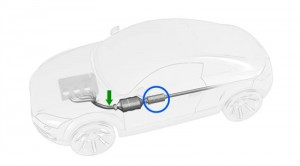
They require heat to operate correctly. This is why some diesel particulate filters are mounted directly after the turbocharger.
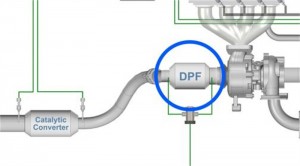
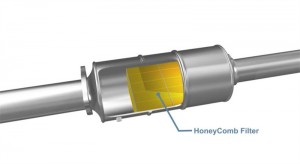
The design of the DPF consists of a honey comb filter monolith and is encased in a metal shell just like a catalytic converter connected to.
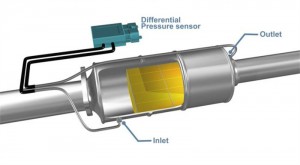
It is a differential pressure sensor with pipes coming put of the inlet and outlet of the DPF will cover this shortly. These are particulate filter materials come in many variants.
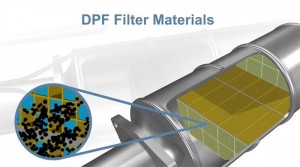
These are particulate filter materials come in many variants the most common materials used with a DPF are cordierite wall flow filters or silicon carbide wall flow filters. Other materials can include metal fiber filters, metal fiber flow through filters and partial filters. Common-rail diesel engines fitted with the DPF require a special low ash oil.
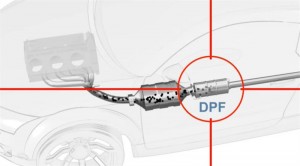
The purpose of the DPF is to trap the particulates created by all diesel engines, preventing them from entering the atmosphere. These particulates are extremely harmful to the respiratory system. The particulates are trapped by a microscopic channels which are within the diesel particulate filter. The particulates or soot that attach to the walls of the channels within the DPF are burned off regularly in process called regeneration.
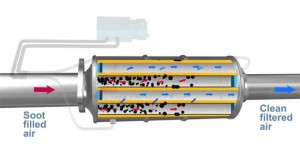
The regeneration prevents the diesel particulate filter from blocking up. There are three types of regeneration spontaneous, dynamic and service. Spontaneous dynamic and service spontaneous regeneration occurs when the DPF reaches 600 degrees Celsius of 1112 degrees Fahrenheit if a spontaneous regeneration does not occur, and the ECU calculates that the DPF has reached its storage capacity.
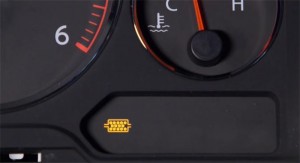
A dynamic regeneration is initiated dynamic regeneration is indicated when the DPF light illuminates on the instrument cluster. The vehicle must keep going to complete the regeneration until the light goes out. If the dynamic regeneration is interrupted by the engine being stopped, it would be re-initiated on the next engine run cycle if the dynamic regeneration is continually interrupted due to a number of short trips. The DPF light will start to flash.
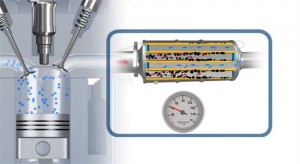
A flushing DPF warning will indicate that a service regeneration should be performed service. Re-generations must be instigated using a scan tool during a service regeneration. Extra fuel can be added in extra fuel can be added in the front of post injection pulses. This increases the exhaust gas temperature creating extremely hot temperatures pf around 600 degrees Celsius of 1112 degree Fahrenheit. So we now with the particulates to burn off if a flashing DPF warning is ignored.
The soot accumulation may reach a level where replacing the DPF is the only possible remedy. Once a service regeneration has been performed the reading from the differential pressure sensor will determine how effective the regeneration has been.
Usually a dynamic regeneration needs to follow a kind of service regeneration to perform the appropriate drive cycle. If a regeneration is impossible, the diesel particulate filter must be replaced.

Untreated exhaust gases leave two cylinders carrying the particulates to the DPF, they come into contact with the microscopic channel walls and the soot is trapped. The suit remains in the DPF until the regeneration process is initiated.
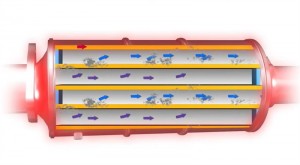
Now we will look at the DPF scan tool parameters, I am looking at the data because I have a flushing DPF light and the soot accumulation is over a hundred percent. I will carry out a service regeneration and we will take a look at an injector pattern using an oscilloscope on this scan tool service regeneration is located in the special functions menu. Once the prerequisites are met the scan tool will initiate a regeneration.
The pattern starts off with two pilot and one main injections when the revs increase, one poly injection disappears the post injection pattern appears. This is to get the DPF to a minimum of 600 degrees Celsius or 1112 degrees Fahrenheit, the duration will vary depending upon DPF temperature and may even disappear once the regeneration is finished, the normal pattern will appear and a completed status will appear on the scan tool.
This cycle occurs over and over again, whilst you drive keeping the DPF from clogging up with particulate matter symptoms of a failed DPF can be warning lights on the dash and poor engine performance.

A DPF can fail by the housing cracking during your regeneration process, if the storage capacity is too full or oil and coolant contaminating, the filter causing its a clog. That is the construction and function of a diesel particulate filter.
It is very important to understand how the DPF works to assist you when diagnosing. Hope you will find it useful. See you next time.
Post time: Sep-07-2022